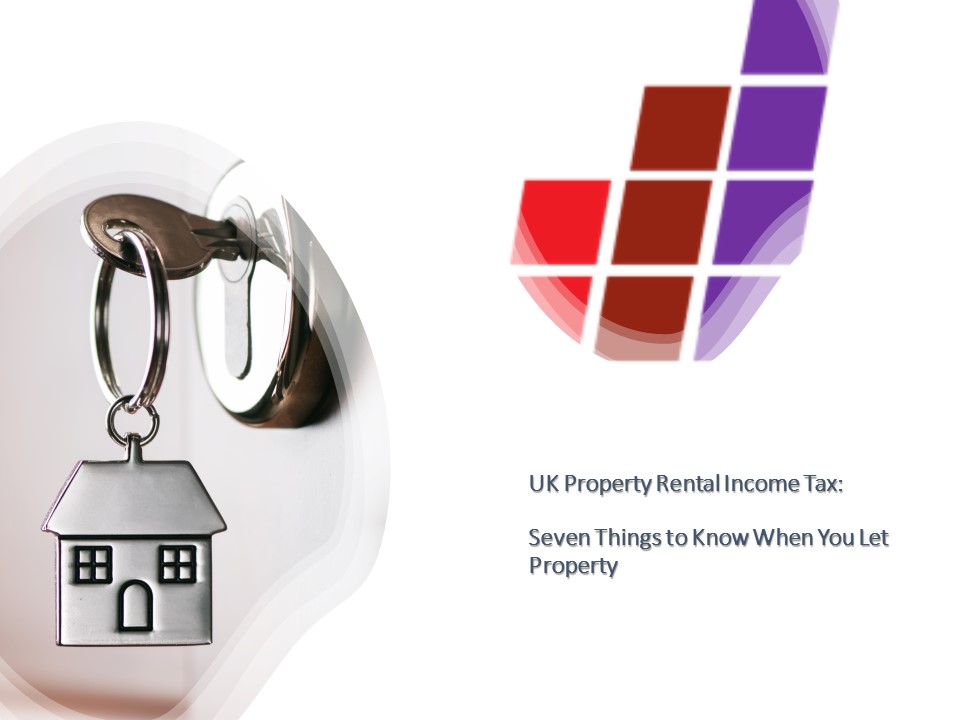Getting your tax affairs in order prior to death
Getting your tax affairs in order prior to death

Your tax liabilities don’t end when you pass away. That’s why getting your tax affairs in order prior to death is so helpful for those you leave behind. Here’s what you need to know.
If you’ve always thought that your tax affairs end once you die, then think again. The truth is that the requirement for tax filings doesn’t end with the death of the taxpayer.
There are tax considerations:
- Up to the date of death
- For the period of administration, the time between death and the final winding up of the deceased’s estate
- And the documentation potentially applicable to inheritance tax.
- What this means is that you could leave complicated tax liabilities behind for your loved ones, family and the executor of your will to sort out.
So, how do you ensure you leave your tax affairs as tidy and manageable as possible?
Understanding end-of-life tax responsibilities for your personal representative
When a taxpayer dies, their personal representative is responsible for completing any outstanding tax returns. There will be one for the current tax year up to the date of death, and possibly one (not normally more, but there can be) for previous tax years.
HM Revenue & Customs (HMRC) has a very clear process for what happens once a taxpayer comes to the end of their life:
- When HMRC is notified of the taxpayer’s death, any outstanding returns will normally be cancelled and then re-issued, together with one for the current year to the date of death. These returns will be sent to your personal representative.
- If HMRC has issued a notice to submit a tax return. it must be completed unless they agree to cancel it. But in cases where HMRC already has all the information from their own sources – if, for example, your only income is from employment – they will not normally require a separate tax return to be filed.
- Any re-issued returns must normally be submitted within 3 months and 7 days to HMRC. The return for the current year is due by the following 31 January. Electronic returns cannot be submitted – they must be in paper form.
Providing the required financial information to HMRC
Following your death, it will be your personal representative (usually the executor of your will) who has to deal with your financial and tax affairs on your behalf
Where a return is required, it will be your personal representative’s responsibility to collate the information that’s required and get your tax return completed and filed with HMRC.
So, how does this work in practice?:
- HMRC will be able to provide details of income from any employment, state and other pensions, as well as any taxable welfare benefits.
- Banks and building societies should be able to provide values for any interest payments. Dividends on listed shares should be evidenced by dividend vouchers, although the amount paid per share is also publicly available. Dividends on unlisted shares can be confirmed with the company’s accountant if vouchers are not readily available.
- Any capital assets owned at the date of death go into the deceased person’s estate at the then-market value but are not deemed to have been disposed of by the deceased. Accordingly, these are not required to be reported for capital gains tax purposes. Any assets disposed of prior to death should of course be included in the final tax return.
- Any tax refund due will be paid to the estate, and the estate is responsible for any tax payable by the deceased.
- In addition to tax returns up to the date of death, it may also be necessary to complete a return covering any income and capital gains arising during the period of administration – this is the time between the date of death and distribution of assets to the beneficiaries. Where income from interest would result in a tax liability of £100 or less, no return will be required, and the tax-free status of income derived though individual savings accounts (ISAs) is maintained.
- Where a tax return is required for this period, it will be a Trust and Estate Tax Return, not a normal personal tax return. Often though, HMRC will accept the necessary information less formally, in a written summary.
- Where any residential property is disposed of from the estate, any capital gains must be reported within 60 days, and tax paid at the same time.
- The final area of tax following death is in respect of inheritance tax (IHT). That is an area where you should always seek professional advice.
Talk to us about getting your tax affairs in order
Tax administration following death can be confusing, and something your surviving family members will likely find emotionally difficult. We’re always there to help in these circumstances.
Where the size of your estate is likely to exceed the inheritance tax threshold of £325,000 (excluding the residence nil rate band) please talk to us to explore if there is any planning that can be undertaken to reduce your potential IHT exposure.
As your adviser, we can also help you make sure your financial and tax affairs are always in order, and that you have funds put aside to cover your end-of-life tax liabilities.
Get in touch to get your tax affairs in order and let’s find out how we can help from The Stan Lee.
Getting your tax affairs in order prior to death Read More »









